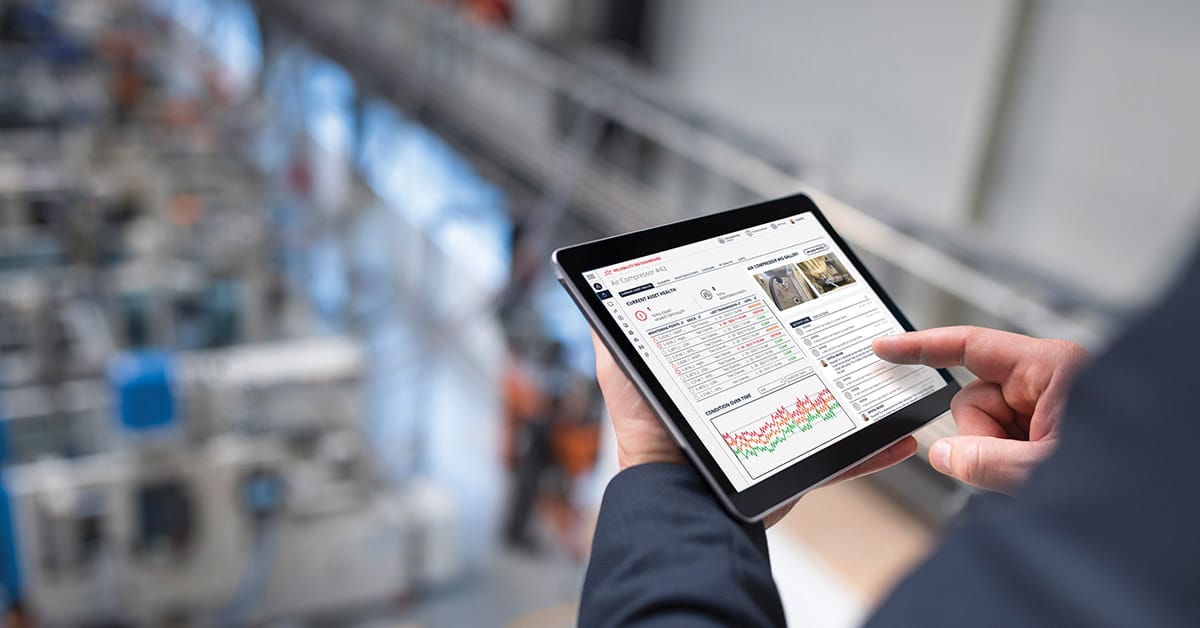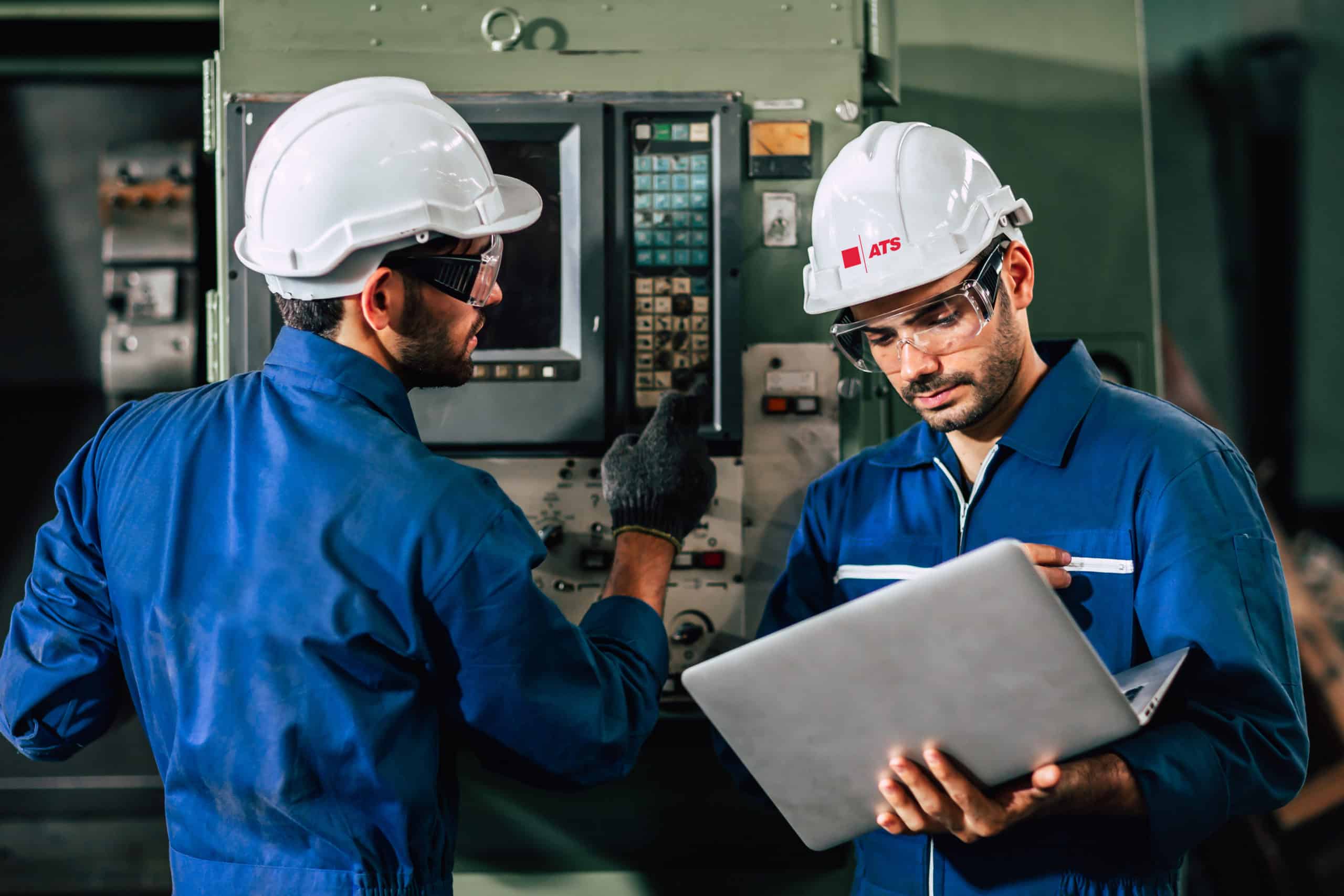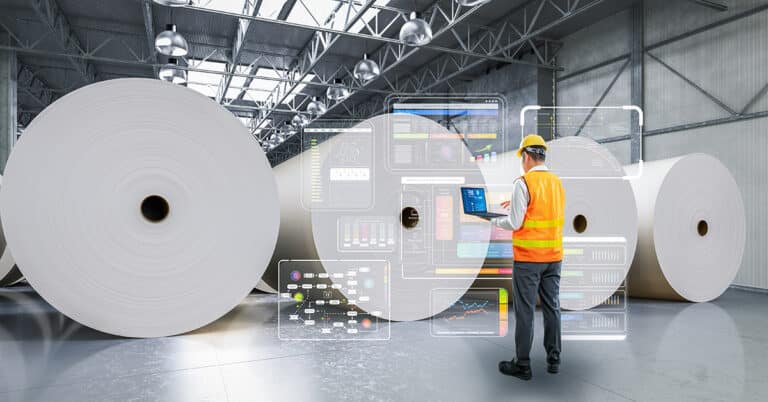Unplanned downtime can be devastatingly expensive. If a key piece of equipment breaks down, it could halt an entire line and leave workers with nothing to do. Worse still, any missed deliveries could frustrate customers and incur yet more costs as departments run harder and teams work overtime to get back up to speed.
A poorly performing machine can be just as damaging, even if it doesn’t stop production. Excessive variation can lead to quality problems and waste, while micro stoppages can hit OEE and cause widespread production issues. Of greater concern is faulty equipment that can be dangerous and put employees at risk. To prevent such devastating consequences, industrial maintenance should be part of every manufacturer’s operations.
What does industrial maintenance mean?
Industrial maintenance is the practice of monitoring and maintaining physical assets to keep them fully functional, running within specifications, and maximize their life. There are several ways to pursue these goals, and many organizations combine them to suit their operations. The following are types of industrial maintenance.
Reactive maintenance
The idea here is simply to run equipment until it fails and then fix it. In some situations, this may be an appropriate strategy, but it depends on failure frequency and the cost of downtime. If failure causes steep costs through missed shipments and overtime work, it may not be the most effective approach.
Preventive maintenance
This approach involves completing service work to avoid or prevent failures. This might include tasks from tensioning belts and changing lubricants to realigning shafts and replacing bearings. Servicing can help reduce the frequency of unplanned stoppages but may not eliminate them entirely. The challenge is in knowing what maintenance is needed — and there is a risk of spending time and money in the wrong areas.
Predictive maintenance
Equipment rarely fails without warning. Before something breaks, there are usually visual, audible, thermal or vibratory indicators of wear or fatigue. By first identifying and monitoring these characteristics over extended periods, it is possible to detect any drift from normal conditions. This allows services to be scheduled before failure and at a time that can minimize disruption and cost.
Machine health monitoring
Temperature, vibration and current draw are certainly red flags to watch for, but other indicators may be applicable to specific machines or pieces of equipment. The challenge is knowing which characteristics matter and having the right technology in place to detect any changes. In recent years, low-cost sensors, sophisticated analytics software, and communications protocols such as Ethernet and Wi-Fi and have made more accurate condition-based monitoring possible.
Benefits of industrial maintenance

Effective industrial maintenance can allow equipment to run whenever needed without breakdown, stoppages or excessive variability.
This could lead to:
- Superior schedule adherence: Knowing what can be produced and when enables accurate forecasting. Products should ship on the date promised and management can set staffing levels and schedule procurement without needing to add safety margins.
- Higher product quality: Poorly performing equipment often increases variability in the product. This could result in higher scrap levels, lower yields and increased waste. It may even diminish how the product functions, looks or tastes in service, potentially damaging customer or end-user confidence and future sales.
- Safer working environments: A complete breakdown is usually preceded by disruptive micro-stoppages, including jams, spills and assembly errors. These hit KPIs such as OEE, and factory workers are often forced to rush to make fixes. Sometimes, this leads to unsafe actions that put workers at risk. When equipment operates reliably and to specification, such hazards can be avoided.
Components of industrial maintenance
Successful industrial businesses have demonstrable competence in delivering effective maintenance. Key components of this include skilled people, tools and materials, data, and a CMMS that pulls it all together.
People are perhaps the single most important component. Maintenance teams need skilled technicians, mechanics, electricians, etc. brought together under capable supervision. The industry’s retiring workforce has created a skills gap in people with the technical skills and experience needed for these more technology-based roles.
Maintenance teams also need access to the right tools and a ready supply of spare and replacement parts. Both can be challenging to obtain. It is sometimes difficult to justify expenditure on components that will rarely be used, but still, require storage space and a system of organization.
It takes a sophisticated management system to match resources to equipment needs, schedule downtime and maximize equipment availability. Appropriate KPIs are needed, along with systems for requesting, planning, and scheduling work, tracking parts inventories, and building equipment histories. Many maintenance leaders invest in a Computerized Maintenance Management System (CMMS) to do this; others get by with spreadsheets and paper records. The latter approach takes a lot more time and typically delivers inferior results.
Who benefits from industrial maintenance?
Businesses in both discrete and process manufacturing need reliable equipment. So too do businesses in power generation and distribution, logistics, and transportation. All these industries operate machines, production lines and other equipment — such as generators, compressors, pumps, motors and drives — that must perform when required.
For those in aerospace, industrial maintenance can help ensure the quality and cleanliness of critical components. In automotive, it drives down costs and improves the ability to meet delivery targets. Process industries including paper and pulp incur steep costs if any piece of machinery fails. The message is clear: Meeting targets and satisfying customer demands depends on having equipment that performs as expected. Industry leaders should invest in and grow their maintenance competence to achieve this.
How ATS supports effective industrial maintenance
Whether the need is for supplemental maintenance support, a full technical workforce or a technology-driven comprehensive maintenance solution, ATS can help. With a depth of experience in all aspects of machinery and equipment maintenance, our team of reliability experts can provide solutions and services that will lower costs and improve KPI attainment.
ATS also offers an extensive portfolio of MRO asset management services. These address storeroom management, repairable parts management and MRO supply chain and procurement.
Wondering if ATS can help your business satisfy customer demand, improve safety and OEE while lowering costs? Contact us today to start a conversation.






